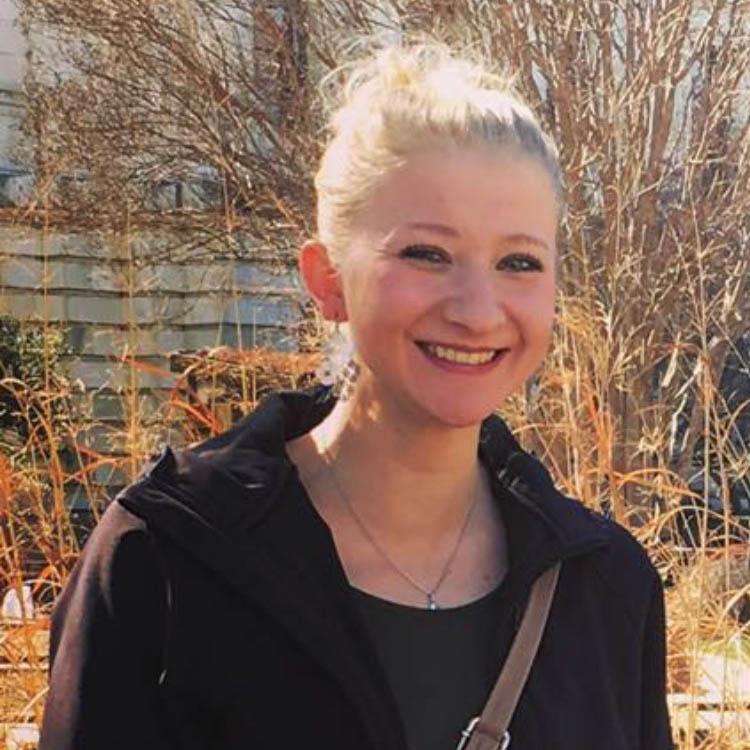West Box Elder
Please note: the Box Elder Adaptive Resource Management (BARM) group is now part of the West Box Elder Coordinated Resource Management (WBECRM) group.
Meetings
- Contact Lorien Belton at lorien.belton@usu.edu for more information.
- Contact Danielle Kunzler for more information at: westboxcrm@gmail.com
To be placed on mailing list and or for specific meeting location and times please contact Danielle Kunzler.
Hot Topics
New Publication: Kohl MT, Messmer TA, Crabb BA, Guttery MR, Dahlgren DK, Larsen RT, et al. (2019) The effects of electric power lines on the breeding ecology of greater sage-grouse. PLoS ONE 14(1):e0209968. https://doi.org/10.1371/journal.pone.0209968
Reports
- Small, Justin R., "Greater Sage-Grouse and Community Responses to Strategies to Mitigate Environmental Resistance in an Anthropogenic Altered Sagebrush Landscape" (2021). All Graduate Theses and Dissertations. 8042. https://digitalcommons.usu.edu/etd/8042
- 2020 Accomplishment Report of Utah’s Adaptive Resources Management Greater Sage-grouse Local Working Groups
- 2019 Accomplishment report, West Box Elder section or entire LWG report
- 2018 Accomplishment report West Box Elder section or entire LWG report
Minutes
- January 28 and 30, 2020 meeting notes
- September 19, 2019 meeting notes
- March 19, 2019 meeting notes
- September 18, 2018 meeting notes
- April 17, 2018 meeting notes
- February 20, 2018 meeting notes
Flagship Project
The Sagebrush SEA
The sagebrush landscape encompasses over 160 million acres of private and public land in western North America. It is home to over 350 species of wildlife and 100 million people. It is often called a working landscape because it provides some many important benefits and these benefits are tied to diverse land uses. Because of it vastness and connectivity, some refer to it as the sagebrush sea.
Since European settlement, we now have less sagebrush sea. Some estimates suggest that we have lost over 50% of this sea to the human foot print. We all know what the loss of the sagebrush sea has meant for the sage-grouse. The Gunnison sage-grouse has been listed for protection under the Endangered Species Act. The greater sage-grouse avert this fate, because of coordinated range wide efforts that reduced sagebrush seas habitat loss and fragmentation. This unprecedented effort engaged private landowners with federal and state agencies, sportsmen and women’s conservation organizations, businesses, industry, and local communities to build, if you will, a fire wall consisting of habitat management and protection actions which in mitigation the conservation threats to the species and averted a listing.
Not satisfied to rest on their laurels, and recognizing that the true path to conservation of the sage-grouse and the working landscape will require a focus on conserving the sagebrush sea itself. Rising like a Pheonix from the ashes of conflict, is the newly organized Sagebrush Ecosystem Alliance (SEA). The SEA engages all the above partners in a pilot project that seeks the conservation of communities and wildlife by identifying and implementing bold and innovative conservation actions on over 1.1 million acres of the sagebrush sea in northwestern Utah, northeastern Nevada and southern Idaho. The SEA is comprised of many stakeholders including local land owners, grazing permitees, local governments, interested publics, Utah State University experts, the Utah Community-Based Conservation Program, Utah State University Extension, National Fish and Wildlife Foundation, Stewardship Alliance of Northeast Elko County, Box Elder Coordinated Resource Management, Utah Division of Wildlife Resources, Utah Grazing Improvement Program, Sage Grouse Initiative, Natural Resources Conservation Service, Bureau of Land Management, and Intermountain West Joint Venture.
Calee Garn

I have the honor and privilege of being named the SEA Coordinator. I am no stranger to the issues affecting the sagebrush sea and the wildlife and communities that depend on it. I grew up on a small cattle ranch in Summit County, Utah, where I spent most of my time with my grandpa on the back of a horse moving cows, in the back-hoe doing construction, or on the 4-wheeler changing water. I graduated from Utah State with a major in Interdisciplinary studies, emphasizing on rangeland management, plant science, and animal science, and I am currently working on a master’s degree in Agricultural Extension and Education. I am excited to be placed in a position where I can blend my passion and vocation for sagebrush rangelands, conservation, and work with diverse stakeholders involved in West Box Elder Coordinated Resources Management (CRM) decision making process.
One the most important skills I learned growing up was that of being a steward of the land. I believe one of the best ways to be an effective steward of the land is to work towards finding a balance. To find the balance, objectivity is essential. One resource is not more valuable than another. As SEA Coordinator, working under the guidance and direction of Dr. Eric Thacker, USU Rangeland Specialist, I hope to plan and facilitate sagebrush seas rangeland and habitat improvement projects, create lasting connections with stakeholders, improve collaborative efforts between stakeholders, and ultimately play a role in the preservation of the sagebrush ecosystem. I look forward to the working with all.

